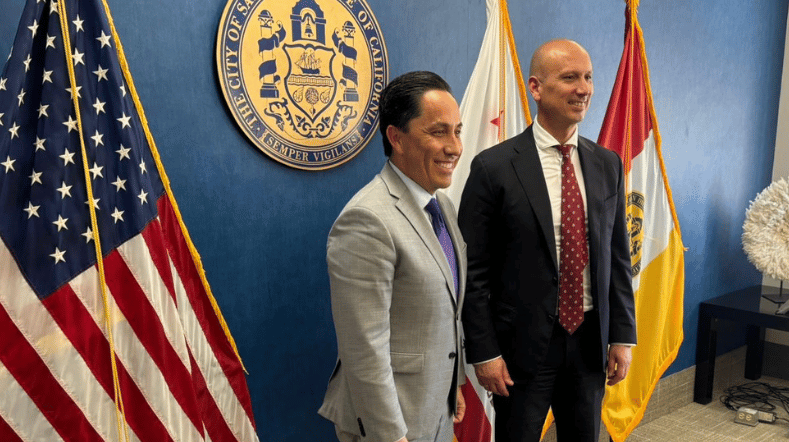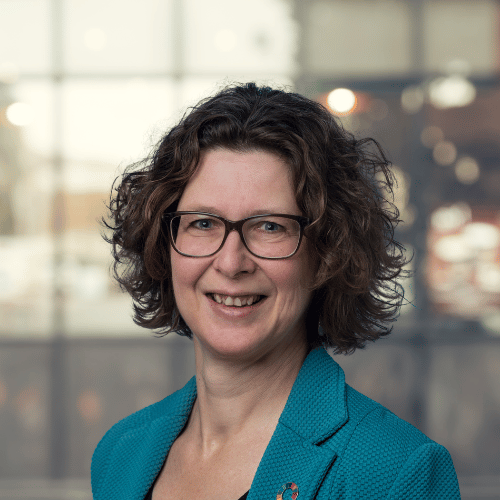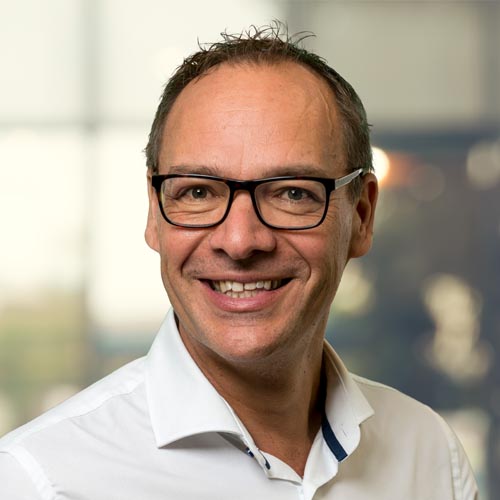
Province of North Brabant innovates with long-term vision and an open mind
As a provincial administrator, how can you use innovation in a smarter way to address complex social challenges? ‘Truly successful innovation requires a number of ingredients: a long-term vision, valuable and equal partnerships, and the courage to look beyond your own horizons.’ Onno Huiskamp of the Province of North Brabant, talks openly to TNO about innovation.
In these times of complex challenges, how difficult is it to make the right decisions today for the world of tomorrow? Onno Huiskamp: ‘To innovate, you need a long-term vision. At the moment, however, we’re seeing enormous political pressure at central government and municipality level, as a result of which there’s an inevitable tendency to think in terms of short cycles.
Cities are often consumed by the problems of their own citizens, while central government has its own national problems. Provinces, though, still have some room to manoeuvre and to keep that dot on the horizon in mind. In this sense, provinces have a unique role to play in the Netherlands.’ Jeroen Borst, Cluster Manager Societal Impact for Accessibility and Liveability with TNO, is curious to know how the Province of North Brabant approaches this – innovating while keeping that dot on the horizon firmly in view. ‘We’ve spread innovation across eight industrial clusters,’ explains Huiskamp.
‘In this way we are addressing five key challenges: the energy transition, the agricultural transition, the mobility transition, healthy ageing, and the rise of AI. That’s a pretty stable base, although there are sometimes small shifts of emphasis, as was recently the case for construction, but otherwise I mainly want to keep the focus on the long term.’
Paper ‘A liveable city requires innovation and an inventive policy’
Want to know how an inventive policy can help you create a liveable city?
Connect the problems of today to a longer-term vision
Nevertheless, acute social problems also demand his attention. Take the energy crisis, for example, which threatens to cause major problems this winter in particular, or the network congestion that is preventing business parks from expanding in his province too. How does he deal with this? ‘I notice how policymakers are quick to announce that innovation is the solution to all the big challenges we are facing. A panacea,’ notes Huiskamp.
‘But I think that’s a bit too easy. The reality is that we have underinvested in our energy supply and networks for years and are now facing the consequences. I have to keep my eyes on the long-term goals of a strong Brabant economy with plenty of job opportunities. Of course temporary bottlenecks such as the energy crisis influence this, but you can’t fix that with innovation alone.’
Jeroen Borst: ‘Innovation is often too late to deal with the problems of today, so you have to make smart use of what you’ve got. For the longer term, you can work towards the dot on the horizon, your long-term vision, and innovate in the triple helix. For the period in between you have to try and create a link. The time horizons of companies are very important in this respect. That’s how you connect the problems of today to a longer-term vision.’
Onno Huiskamp: ‘It’s interesting that you bring up roadmaps. That is also exactly what I insist on within my team. Each cluster has its own roadmap. These are living documents that we always draw up in tandem with knowledge institutions such as TNO. What kind of developments do you identify? For automotive, for example, we have to develop a vision for the next 10 to 15 years. Take driverless cars as just one example: there’s a whole raft of questions and issues hiding behind that one development – legal, technical and organisational. At the same time, this technology also offers excellent economic opportunities for this region.’
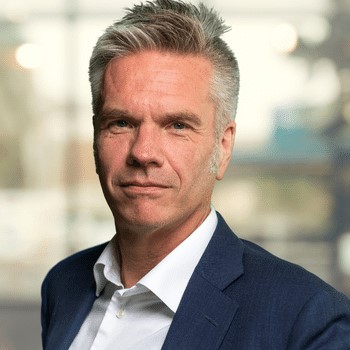
‘Innovation is often too late to deal with the problems of today, so you have to make smart use of what you’ve got.’
Sharing knowledge
Why is cooperation between authorities, knowledge institutions, and businesses so important at this particular time? Onno Huiskamp: ‘I notice from my own practical experience that businesses really struggle to set out a horizon more than two or three years into the future, or sometimes even just a year, depending on the industry. As a province, we can help place that common dot on the horizon and make that vision possible. By teaming up with knowledge institutions, we can expand our field of vision a little. I really enjoy it when we come across genuinely new developments as a result of that collaboration.’
Has Huiskamp seen the role of knowledge institutions change? ‘Yes, absolutely. Previously the relationship tended to be that of client-contractor in one-off projects. Now I see TNO and universities much more as strategic partners. We’re much more frequently in dialogue now about joint innovation projects, which is very valuable. You can’t maintain an overview of everything. When it comes to technological developments, we have to rely on organisations like TNO.’
As an example, Huiskamp cites the rapid rise of photonics. ‘This is a good illustration of why it’s so important for policymakers to be in permanent dialogue with knowledge institutions. And vice-versa too, because as an authority we can add value by introducing a practical component and bringing the public interest into play in developments of these kinds.’
Meanwhile, the Province of North Brabant is one of the parties supporting the Photonic Integration Technology Center (PITC). This innovation centre of PhotonDelta, TNO, the University of Twente, and Eindhoven University of Technology aims to accelerate the development of integrated photonics, for applications such as autonomous driving, healthcare, and data communications.
‘As a province, we can help place that common dot on the horizon.’
Is overall well-being too broad a concept?
Huiskamp also acknowledges that the cross-cutting developments that policymakers increasingly encounter pose an additional challenge for innovation processes. ‘That’s why we have long-term goals that we define together with the business community. We use the concepts ‘green’ and ‘smart mobility’, for example. We have placed green mobility under the energy approach, because energy use in the transport sector will largely be dictated by the solutions provided by the energy industry. Developments relating to ‘electrolysers’ for hydrogen production and battery technology are being driven from the high-tech industry rather than the automotive sector.’
Jeroen Borst: ‘Much innovation seems to be focused on making processes more efficient, whereas public authorities should also look at what purpose innovation serves. How do you see this?’ Huiskamp: ‘Central government is increasingly being guided by concepts such as overall well-being. Personally, I encourage my team to focus on core tasks first. After all, by doing so, you also contribute to that overall well-being. I do, however, foresee a management problem with this kind of broad concept. As a subject-matter expert, you are working here on the ground. My primary interest is to ensure that things run smoothly for the business community in North Brabant, the biggest challenge being making sure the economy here will still be performing well in ten years’ time. And this is where we and TNO have a common interest. By ensuring a robust automotive industry, for example.’
‘Or at least a strong mobility industry,’ Borst acknowledges with a smile.
‘Get out and gather new ideas together’
Finally, what message would Huiskamp like to give to colleagues in provincial governments about innovation processes relating to the above challenges and the common interest in them? ‘Split your team. Make sure you have a small group to manage the internal processes, freeing up most of your people to go outside and get new ideas. They must engage in dialogue as much as possible with parties such as TNO, the technical universities and, last but not least, the business world. And this is where we and TNO have a common interest.’
More about the livable city of tomorrow?
Get inspired
Don't jump on every innovation bandwagon: TNO's framework to help cities make smarter mobility choices
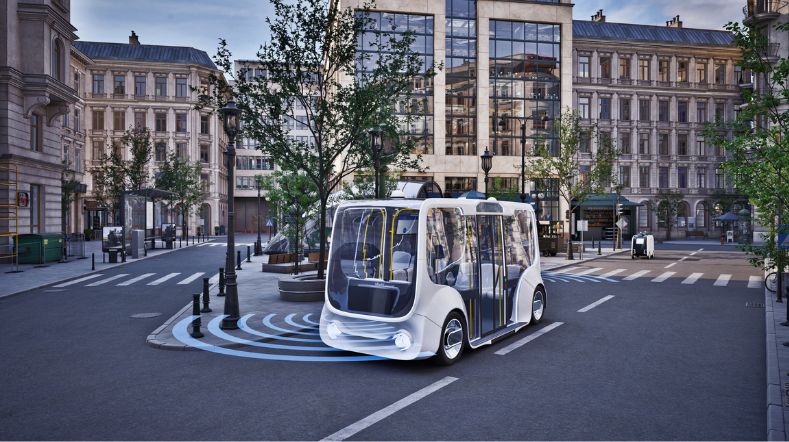

Urban space


Zero emission urban mobility


How governments can make MaaS work to societal goals


With Urban Strategy, TNO connects with innovative U.S. West Coast in San Diego
